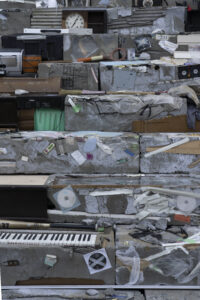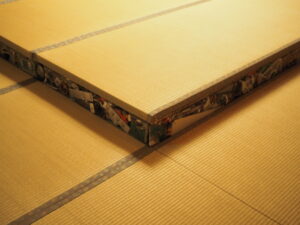釣れた魚に街の風景を見せる
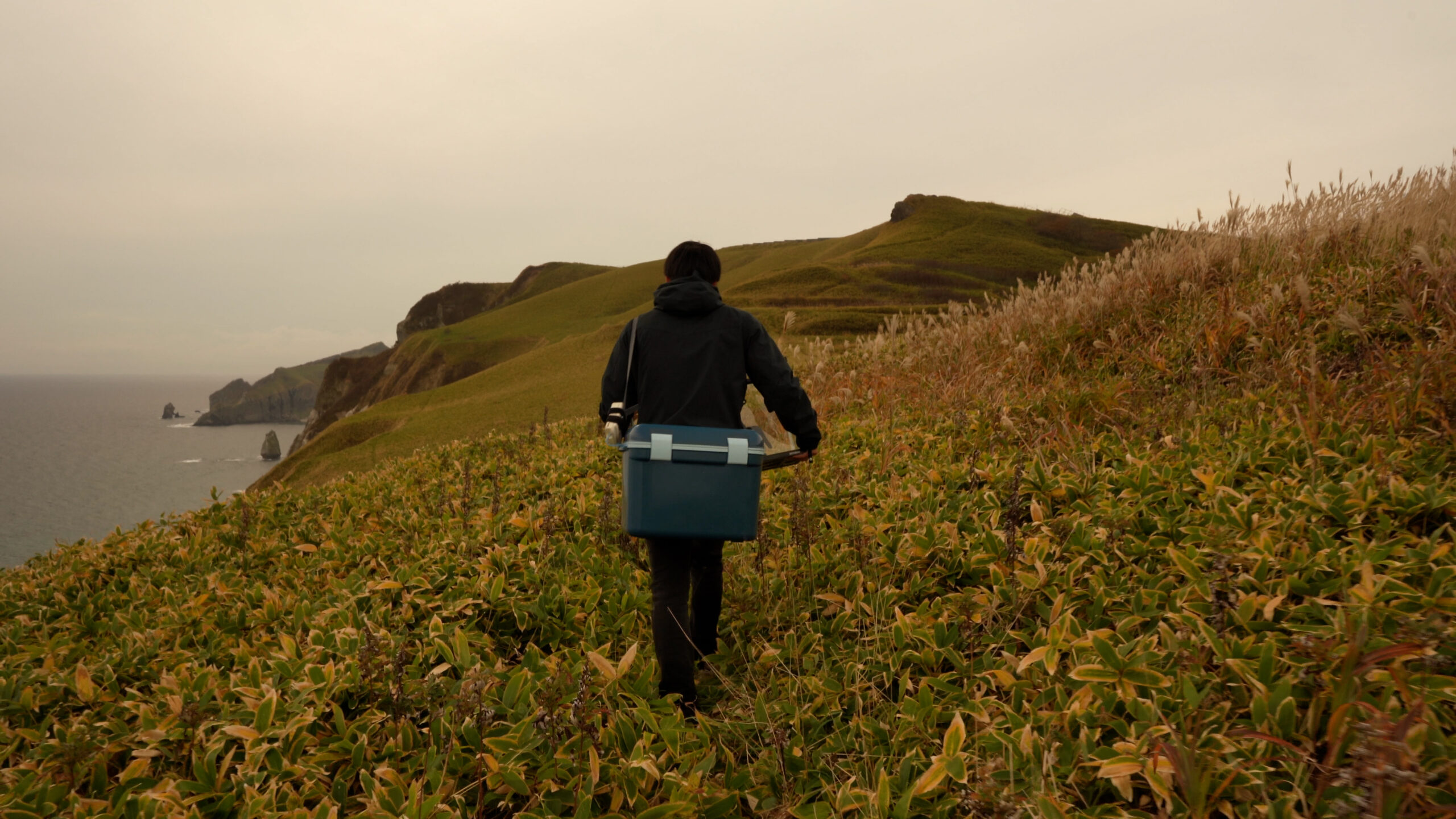
釣れた魚に街の風景を見せる / Showing the Scenery of the City to A Caught Fish
2021
撮影・編集:小林大賀
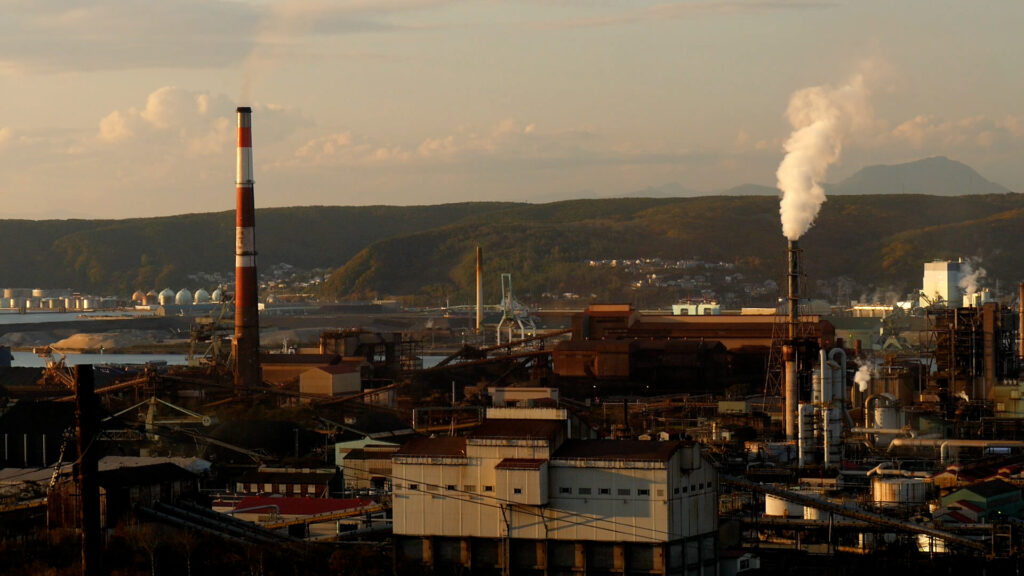
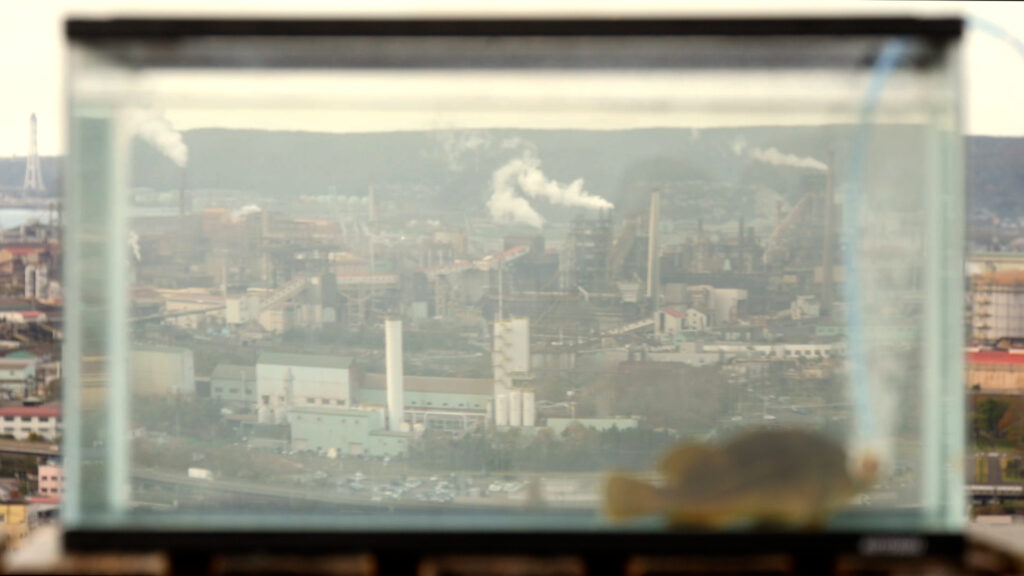
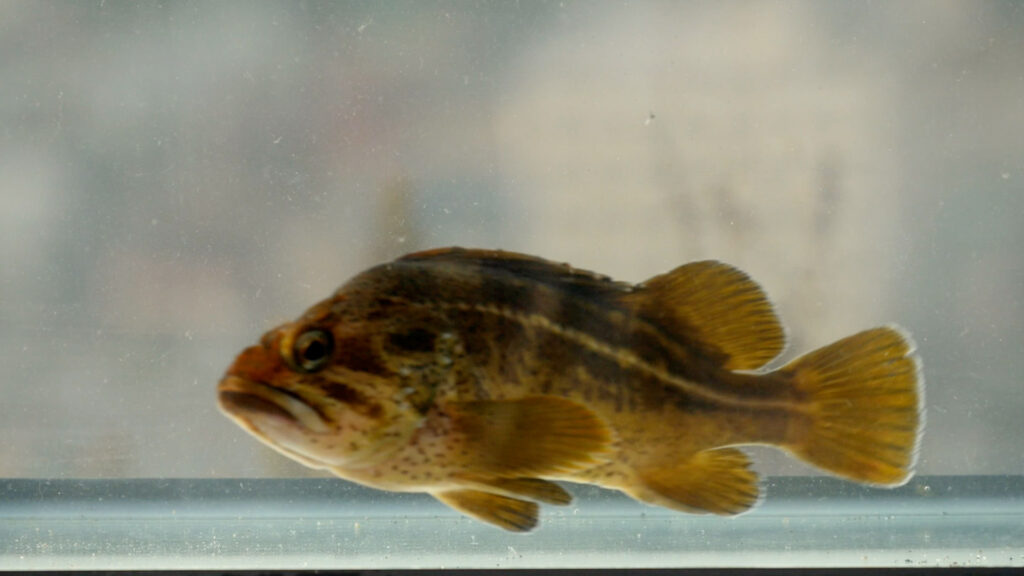
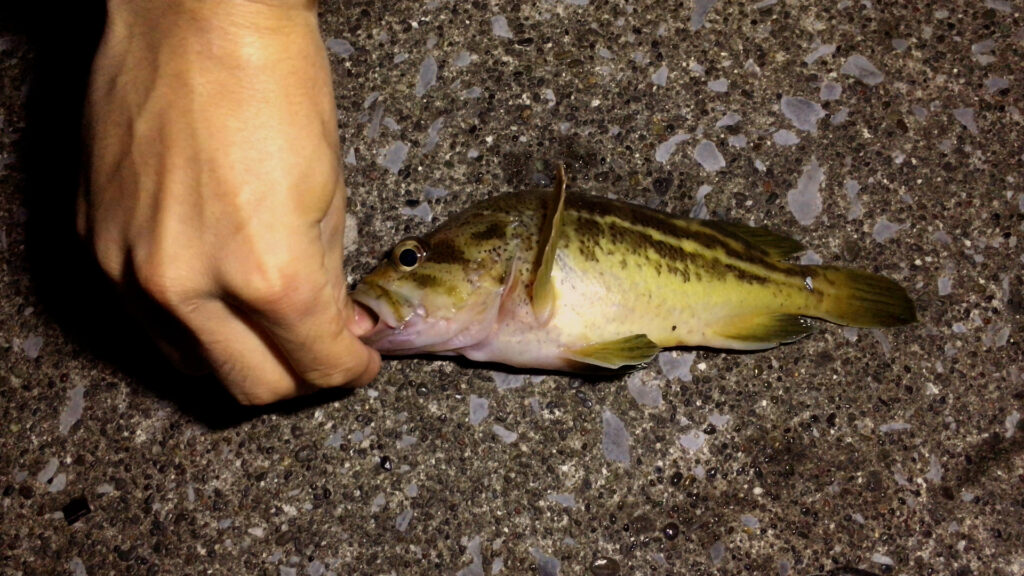
さっぽろ天神山アートスタジオ 同時期滞在日本AIRプログラム
映像作品
The city of Muroran in Hokkaido has a history in iron and steel production, which continues to sustain the city to this day. In the past, when coal mining was thriving, Muroran played a crucial role as a coal port. As the times changed, Muroran’s role diminished, but it turned its focus to iron. The iron industry was initiated with the expectation that it would contribute to supporting Japan. Jobs from the government involved manufacturing weapons for the country. This was during the late Meiji era, a time when Japan, having concluded the Russo-Japanese War, was arming itself for the impending conflicts.
Despite being tossed about by the changing times, Muroran, which supported Japan’s modern industry, had a distinctly human aspect. Additionally, its intricate coastline, earning it the designation of a natural good harbor, played a significant role in supporting its industries. The exposed rock faces surrounded the factories, unmistakably artificial structures, towering above like a backdrop. I took fish caught in the sea of Muroran to the top of a hill, showcasing the industrial landscape that contributed to Japan’s modernization.
北海道室蘭市は製鉄、製鋼の歴史があり現在も街を支えている。かつて炭鉱が盛んだった際には石炭の港湾としての役割を担っていた。時代の移り変わりとともに役割が薄れていった室蘭は鉄に目をつける。日本を支えることになると見込んで始めた鉄産業。国からの仕事は日本の兵器を製造する場所であった。時代は明治後期、日本が日露戦争を終え来たる戦争に軍備を揃えている頃だった。時代に翻弄されながらも日本の近代産業を支えた室蘭は実に人間らしい。また、入り組んだ沿岸により天然の良港と呼ばれる地形はその産業を支えた大きな要因である。剥き出しの岩肌はいかにも人工物である工場を囲むように聳える。私は室蘭の海で釣れた魚を丘の上まで連れて行き日本の近代化を支えた工場風景を見せた。
